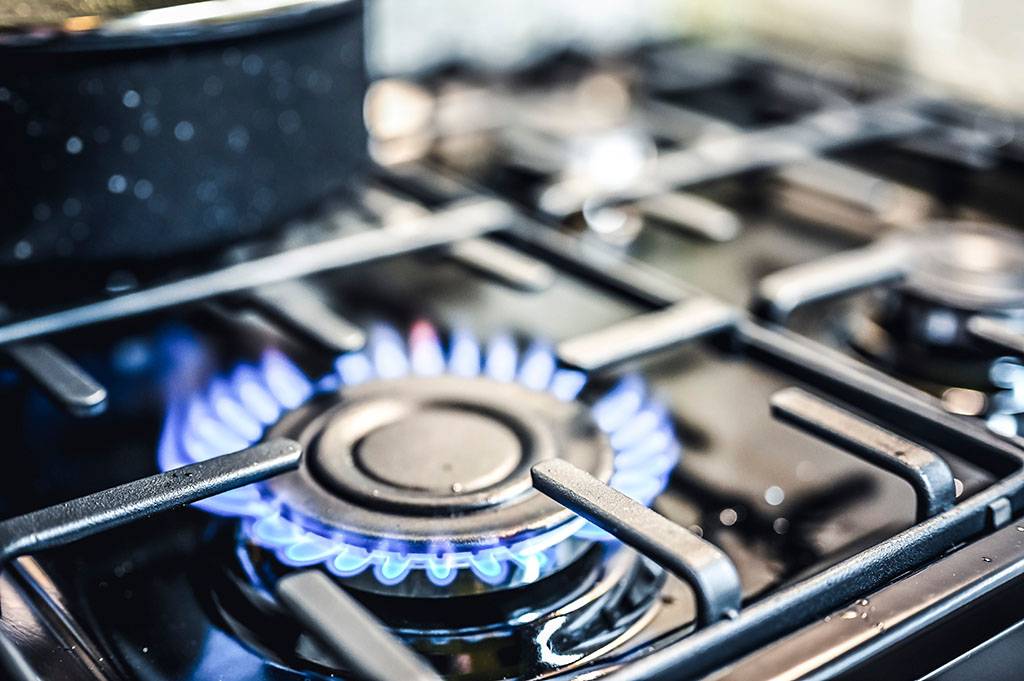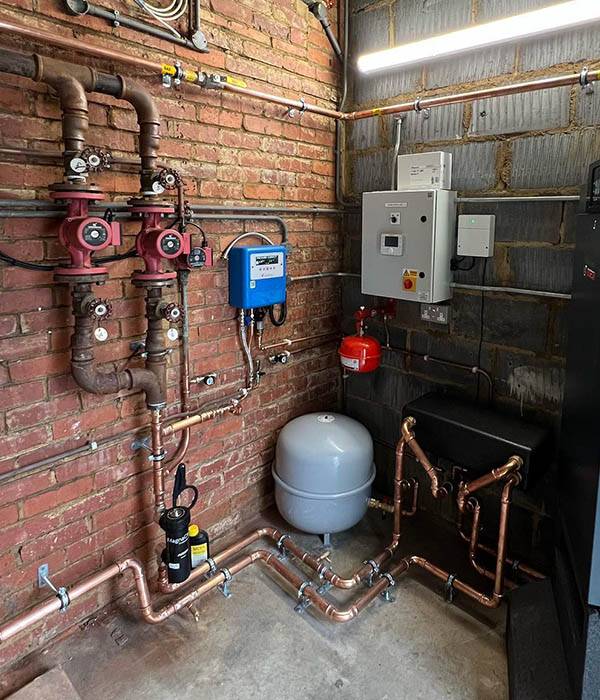A third of homeowners say they may skip their annual gas safety check because their household budget is so stretched.
According to research carried out by the Gas Safe Register 33% of people say they are thinking of missing the check – up from 31% last year.
Gas Safe experts are stressing the importance of checking your gas appliances and encouraging people to learn more about more about gas safety.
Nine in 10 homeowners* report being confident they could spot the signs and symptoms of unsafe gas in their homes, and almost all (98%) say that their home would be up to the challenge if a gas engineer were to knock on their door and do a gas safety spot-check. But when Gas Safe Register put 2,000 homeowners through its nine-step Gas Safety Challenge, just four (0.2%) passed he test.
With an increasing number of cash-strapped homeowners (now 33%, up from 31% last year)** feeling forced to skip annual safety checks due to pressures on household budgets, experts are urging people to get more clued up on the signs and symptoms of unsafe gas appliances and simple, free ways they can make sure their home is gas safe this winter. Based on Gas Safe Register’s new Gas Safety Challenge, the national survey quizzed people on nine key things to know***, including how flames on gas hobs should appear, flue blockages, boiler error codes and smells, sounds and sights around the home that signal something could be wrong.
Despite the vast majority of people claiming such high levels of confidence:
- Over half (55%) of homeowners relying on gas for heating, hot water and cooking were unable to identify where to turn off the gas supply off in an emergency
- Almost half (47%) couldn’t correctly spot the signs and symptoms of carbon monoxide poisoning
- 47% don’t have a carbon monoxide alarm in their home, or, if they do, can’t be sure it works as it’s not tested regularly
- 48% have taken on the job of inspecting their homes’ flue – something that should only be done by a Gas Safe registered engineer – with 5% of those attempting to remove a blockage themselves
- A quarter of homeowners were unable to identify that a gas hob flame should burn a crisp blue colour
Gas incidents can be devastating, although they remain extremely rare. Provisional figures show were 83 gas related incidents reported in 2021/2022, despite there being over 22 million households using gas across the country. There are measures gas consumers can take to increase their gas safe knowledge and keep themselves, their homes and families gas safe.
For example, to help avoid preventable gas incidents, Gas Safe Register has developed the Gas Safety Challenge and is inviting the UK public to refresh their knowledge via a new short film – a tongue-in-cheek take on the Daz Doorstep Challenge from the 90s and 00s – highlighting the signs and symptoms homeowners should be clued up on, and on the lookout for, in their homes.
Bob Kerr, Gas Services Director at Gas Safe Register, said: “What’s clear from our research is that there’s a misguided confidence amongst the UK public – what they think they know and how that plays out in their homes is very different. We’re all feeling pressure on our finances at the moment but taking our Gas Safety Challenge this Winter is a fast, fun and free way to brush up on what you know and to check there are no dangers hiding in plain sight in your home.
“We’re urging everyone who has gas in their home to take the challenge so they can start off 2023 ‘better gas safe than sorry’. If your home doesn’t pass the challenge, don’t be tempted to try a DIY fix. Check the Gas Safe Register to find a local engineer who can help – it’s a legal requirement for anyone carrying out gas work to be registered.”
To refresh your knowledge on home gas safety, take the Gas Safety Challenge and watch our new video on YouTube https://www.youtube.com/watch?v=aSrzGYeD6-E, and to find a local Gas Safe registered engineer in your area, visit GasSafeRegister.co.uk or call 0800 408 5500.
Get A Fast & Free Quote
Fill out our short form in just 30 seconds and get your free quote today!
Notes
* Research conducted by 3Gem on behalf of the Gas Safe Register. 3Gem surveyed 2,000 UK homeowners (aged 18+) with gas appliances in their homes between 9th December and 15th December 2022.
** Research conducted by OnePoll on behalf of the Gas Safe Register. OnePoll surveyed 2,000 UK homeowners (aged 18+) between 25th February and 2ndMarch 2022.
*** Full list of Gas Safety Challenge questions asked:
Q1. As a homeowner, can you say with certainty you’ve had your gas appliances, such as your gas boiler, serviced and safety checked in the last twelve months? A. Yes (it is vital that gas appliances are serviced and safety checked annually).
Q2. When you turn on your gas hob, the flame should burn a certain colour to indicate it is in working order and safe to use. What colour should the flame be when you turn on your gas hob? A. Crisp blue.
Q3. A boiler flue is a pipe that carries exhaust gases, produced by a boiler, outside the home and releases it safely into the atmosphere. Has your flue been checked in the last 12 months for blockages or other problems? Blockages could include plants growing around or into the flue, or something stuffed inside the flue. A. Yes – and a professional has checked and cleaned it (a boiler flue should be checked and cleaned at least every 12 months, and by a professional).
Q4. In an emergency, you may need to turn off the gas supply to your home. Do you know where to turn off your gas in an emergency? A. Yes – it’s the valve by the meter reader.
Q5. As a homeowner with gas appliances in your home, do you have a working carbon monoxide detector alarm in your home? Yes – and I have tested it in the last month to check it’s working (carbon monoxide detector alarms should be tested once a month, as you would do with a smoke alarm).
Q6. There are various signs and symptoms that may indicate there’s an issue with your gas appliances, and that they may be unsafe. Select the ones you think are true signs and symptoms of unsafe gas in your home. A. Carbon monoxide alarm beeping, lazy yellow flames on your gas hob, dark sooty marks around an appliance, boiler sounding different to usual or making unexpected noises, fault codes appearing on your boiler, pilot lights that keep going out, smell of rotten eggs in your home.
Q7. There are warning signs that you may be suffering from carbon monoxide poisoning. Select the ones you think are true warning signs of carbon monoxide poisoning. A. Headaches, nausea, dizziness, breathlessness, collapse and loss of consciousness.
Q8. Are you confident your gas boiler is currently in safe working order, with no error codes or fault messages on the control panel? A. Yes – I check regularly for error codes or fault messages.
Q9. Thinking about where your boiler is stored, do you keep other household items in your boiler cupboard? A. No (a boiler requires proper air circulation in order to prevent incomplete fuel combustion and production of carbon monoxide).





